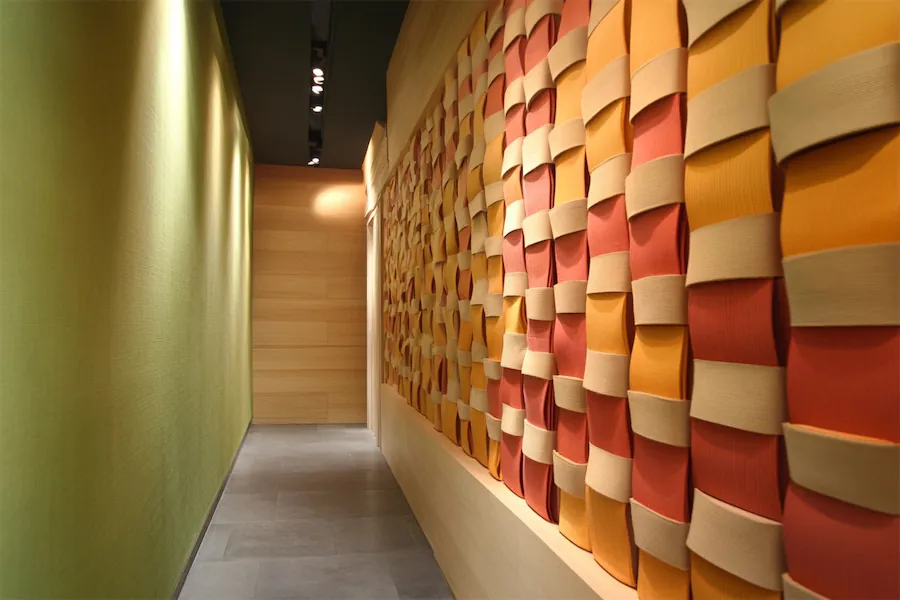Contemporary wall design reflects current trends and technologies, emphasizing simplicity, clean lines, and a harmonious blend of form and function. This style adapts to evolving tastes, often incorporating innovative materials and techniques to create spaces that are both aesthetically pleasing and practical.
History and Origins of Contemporary Wall Design
Emerging in the late 20th century, contemporary design evolved as a response to the ornate and elaborate styles of previous eras. It draws influences from modernism, minimalism, and other global design movements, focusing on open spaces, natural light, and a neutral color palette. The adaptability of contemporary design allows it to continuously evolve, integrating new materials and technologies to meet the changing needs and preferences of society.
Key Features of Contemporary Wall Design
Contemporary wall designs are characterized by several distinctive elements:
- Neutral Color Palettes: Utilizing shades of white, gray, beige, and black to create a calm and sophisticated backdrop. These neutral tones provide a versatile canvas for various decor elements and can make spaces feel more open and airy.
- Textured Finishes: Incorporating materials like wood paneling, stone, or textured paint to add depth and interest. For instance, geometric wall paneling can introduce subtle patterns that enhance the room’s visual appeal without overwhelming the space.
- Minimalist Aesthetics: Emphasizing clean lines and uncluttered spaces to foster a sense of order and tranquility. This approach often involves built-in storage solutions and the strategic use of negative space to maintain a streamlined look.
- Integration of Natural Elements: Incorporating natural materials and textures to create a warm and inviting atmosphere. This can include the use of wood paneling, stone accents, or nature-inspired color schemes that bring a touch of the outdoors inside.
Applications of Contemporary Wall Design
Contemporary wall designs can be applied in various settings to enhance the ambiance:
- Living Rooms: Creating accent walls with textured paneling or bold colors to serve as focal points. For example, a dark blue, checkered board and batten design can add a dramatic statement behind a sofa or entertainment center.
- Bedrooms: Utilizing soft, neutral tones and minimalist decor to promote relaxation. An accent wall behind the bed, perhaps with a pop of color or unique texture, can anchor the room and add visual interest.
- Kitchens: Incorporating sleek materials like glass or metal for backsplashes to achieve a modern look. Matching wall paneling with kitchen cabinets can create a cohesive and streamlined appearance, enhancing the overall design.
Considerations When Choosing Contemporary Wall Treatments
When selecting contemporary wall treatments, consider the following:
- Material Quality: Opt for durable and sustainable materials that offer longevity and align with environmental considerations. High-quality finishes not only enhance the aesthetic but also contribute to the overall value of the space.
- Cohesiveness: Ensure that wall designs complement existing architectural elements and decor to maintain a unified look. This involves selecting colors, textures, and materials that harmonize with the furniture and overall style of the home.
- Functionality: Consider the practical aspects, such as maintenance and the room’s purpose, to choose appropriate finishes. For high-traffic areas, durable and easy-to-clean surfaces are ideal, while in spaces like bedrooms, softer textures may be preferred for their calming effect.
Conclusion
Contemporary wall design offers a versatile and timeless approach to interior decoration, focusing on simplicity, functionality, and subtle elegance. By understanding its key features and applications, one can create spaces that are both modern and inviting, reflecting personal style while adhering to current design principles.
